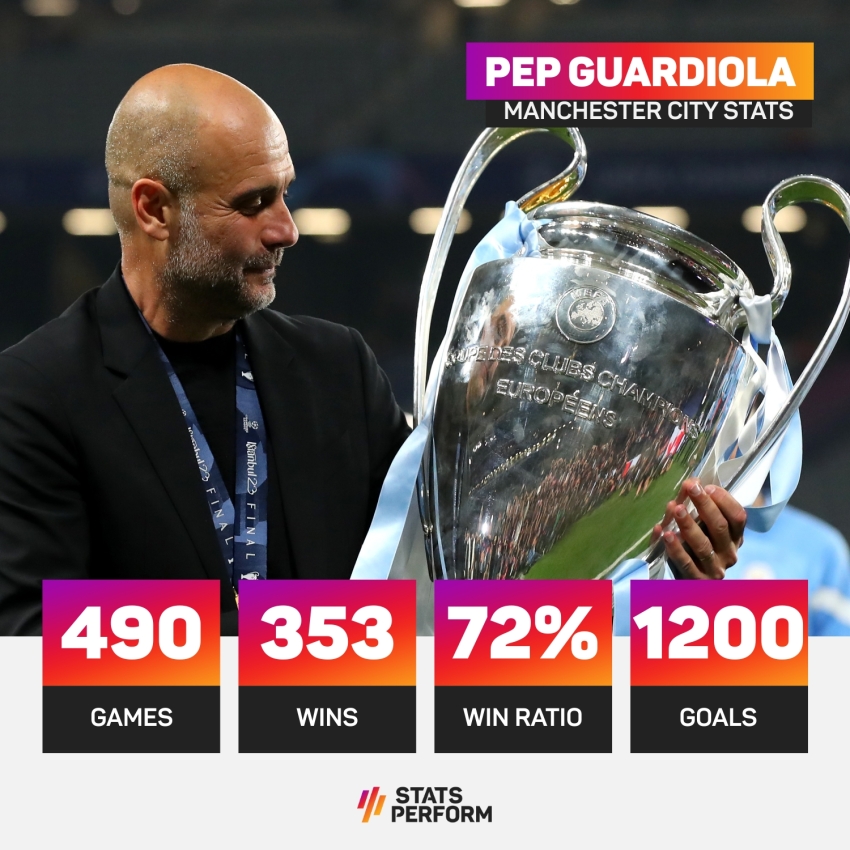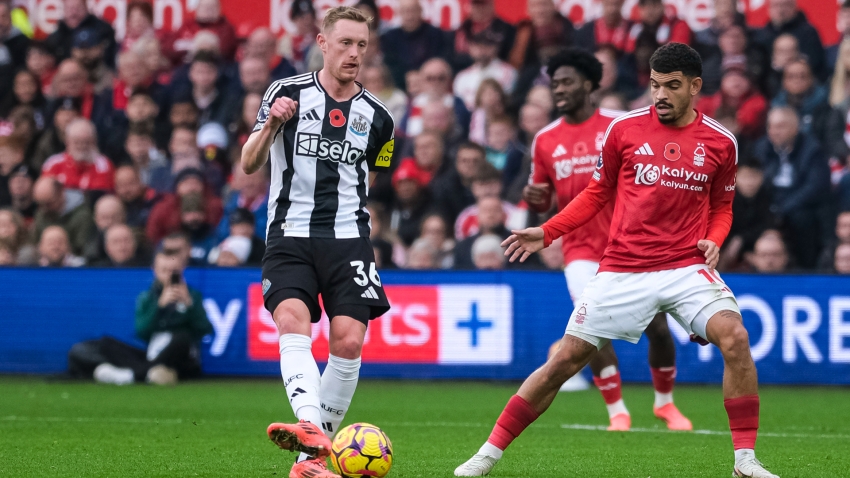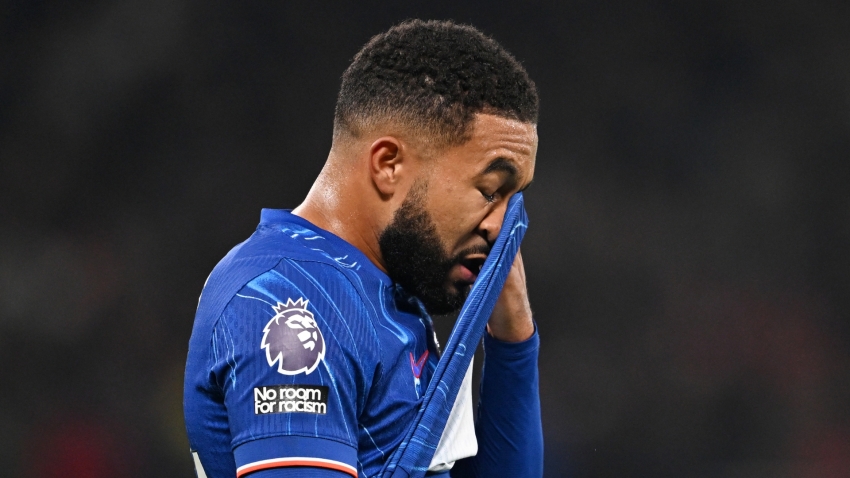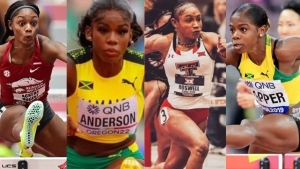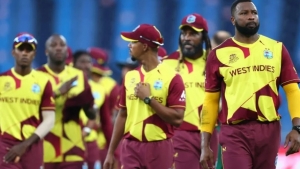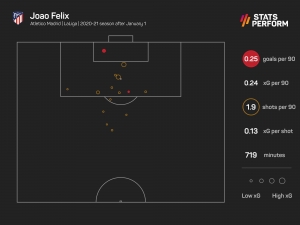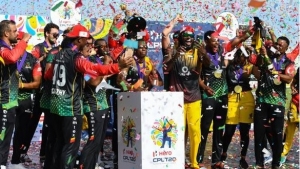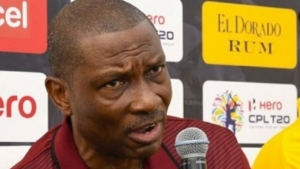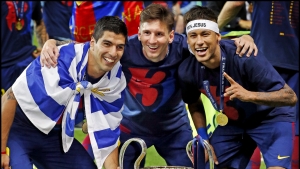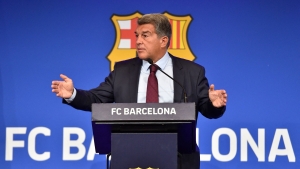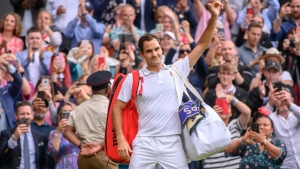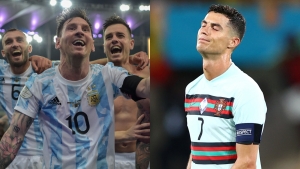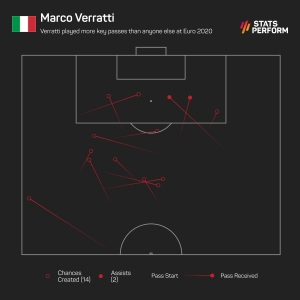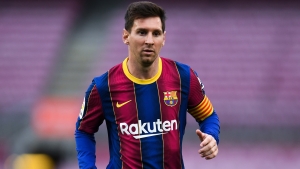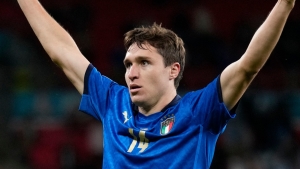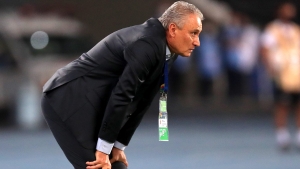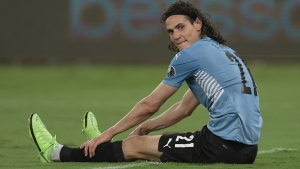There were plenty of questions for Joan Laporta as he sought to explain Lionel Messi's Barcelona exit on Friday.
The morning after the night before, the Blaugrana president faced the media to give the club's stance on the failed contract talks that mean their talisman is heading elsewhere.
Laporta spoke for an hour and 20 minutes and covered a wide range of topics relating to Messi, Barca’s finances and the restrictions in place in LaLiga.
Stats Perform brings you 10 key quotes from an exhaustive news conference...
'The decision is over'
It was a blunt answer. Laporta had not come to the news conference to give Barca fans what he described as "false hope".
"The decision is over," he said. "It's done."
'Leo is not happy'
Nobody involved with Barca is happy with the outcome – including Messi himself.
"Leo wanted to stay, so he's not happy. We all wanted him to stay," Laporta explained. "For him, right now, it's a situation in which he has to confront reality. It is a reality that can't be changed. He knows that I wish him the best wherever he goes, him and his family. Barca is his home. He's enlarged this club's trophy list and we'll always be thankful."
'He tried to make it easy for us'
No blame was laid at the forward's door, with Laporta revealing two separate agreements between player and club – neither of which could work within LaLiga's regulations.
"We've been at it for two months and we've gone through different stages," Laporta revealed. "The first agreement was two years that would be paid in five years. Leo was in agreement with that. He was always present in negotiations and tried to make it easy for us. The first offer was two years of salary to be paid in five, and we thought that would be allowed in the regulations of fair play, but the criteria of cash came into play. It's not allowed here where it is in other countries. It's all part of a process.
"LaLiga also had its pressure because there are other clubs that want regulations and rules to be abided by.
"Then we agreed to a five-year contract, which was also accepted by Leo, even though we were all thinking of two more years. We all agreed: two years and, if he wanted more, we could sit and talk about it. We wanted the era post-Messi, the one we start today, to start in two years. Taking into account the circumstances, we've had to bring that forward. We all wanted to enjoy his talent, his magic playing at Barca, but at the moment it can't be. When we did the five-year contract that we thought would be allowed – and I had insinuated that this would be allowed – a technical analysis by the LaLiga commission found that this contract wouldn't be valid within those regulations."
'I said we would do everything'
Laporta had based much of his election campaign around the idea of keeping Messi at the club, but he did not regret this approach.
"I said this several times: I said that we would do everything possible for Messi to stay at Barca within the economical situation of the club," he said. "We reached an agreement with Messi, we just weren't able to formalise it."
'We don't have any margins'
Indeed, Laporta preferred to take aim at predecessor Josep Maria Bartomeu due to the state of the club when he took over.
"We don't have any margin," began Laporta's opening statement. "We knew that when we got to the club, but the numbers that were presented to us after the first audit, and our analysis, those numbers are a lot worse than those exposed initially, which are what we are working with now."
He added: "An investment of that volume with the contract of Messi was risky. We wanted to assume those risks, but when we have realised the real situation at the club after the audit, it means that we would have put the club at great risk."
'They have not given us satisfactory answers'
Bartomeu was not the only individual criticised, though, with Laporta repeatedly highlighting issues with a deal LaLiga have done with CVC Capital Partners, which will see the private equity firm acquire 10 per cent of the league's commercial business for €2.7billion.
LaLiga chief Javier Tebas posted on Twitter during the news conference to query Laporta's suggestion the agreement would impact broadcasting rights.
Informed of the post, Laporta replied: "I will tell you that we do not interpret it that way. In fact, yesterday our senior executives spoke with those who run this operation and they have not given us satisfactory answers. I understand the legal formulas that you articulate, because they are ingenious, but this implies giving up a part of our rights with a horizon of half a century. In addition, I would tell you that the amount set by CVC is much lower than what, for us, the 10 per cent of LaLiga should be valued."
'Those are personal conversations'
Laporta was far more guarded over conversations he might have had with Tebas as LaLiga's best player departs the competition.
"Those are personal conversations," he said. "I can't disclose them."
'The player has had other offers'
Laporta insisted he does not know where Messi will go next, but he suggested there had already been contact from rival clubs.
"During the course of negotiations, we've known that the player has had other offers," he said. "And there was a time limit – both for us, because of LaLiga starting shortly, and for them as well, because he needs some time. As fair play continues to be rigid, the player also needs some time to see what he's going to do and evaluate his situation and look at other options."
Laporta added: "He's the best player in the world and logic takes you to think that he has other very good offers."
'The tribute that Leo Messi deserves'
Messi has been on holiday in Ibiza, while his father flew in for discussions this week, but Barca hope to be able to pay tribute to their legendary number 10 in future.
"The tribute for Leo Messi will be the tribute that Leo Messi wants, whatever he likes, whatever he wants to do," Laporta confirmed. "If it was up to us, we'd pay tribute to Leo Messi every day for what he's done for Barca. With the circumstances we're in right now, in terms of the pandemic, in terms of the economic situation, in terms of the pre-season, that makes it complicated. I hope that one day we can see the tribute that Leo Messi deserves."
'We're starting a new era'
For now, the focus at Camp Nou must be on the new season, with a squad learning to play without their stalwart superstar.
"Everyone was waiting for Leo to go to the dressing room and start training," Laporta said of the squad. "I had to tell them it's not going to happen. We're starting a new era and it has to be successful. They're the protagonists of that. They have to make us proud and they need to prove that we can win without players of the talent of Leo Messi, who's the most talented player in the world."









